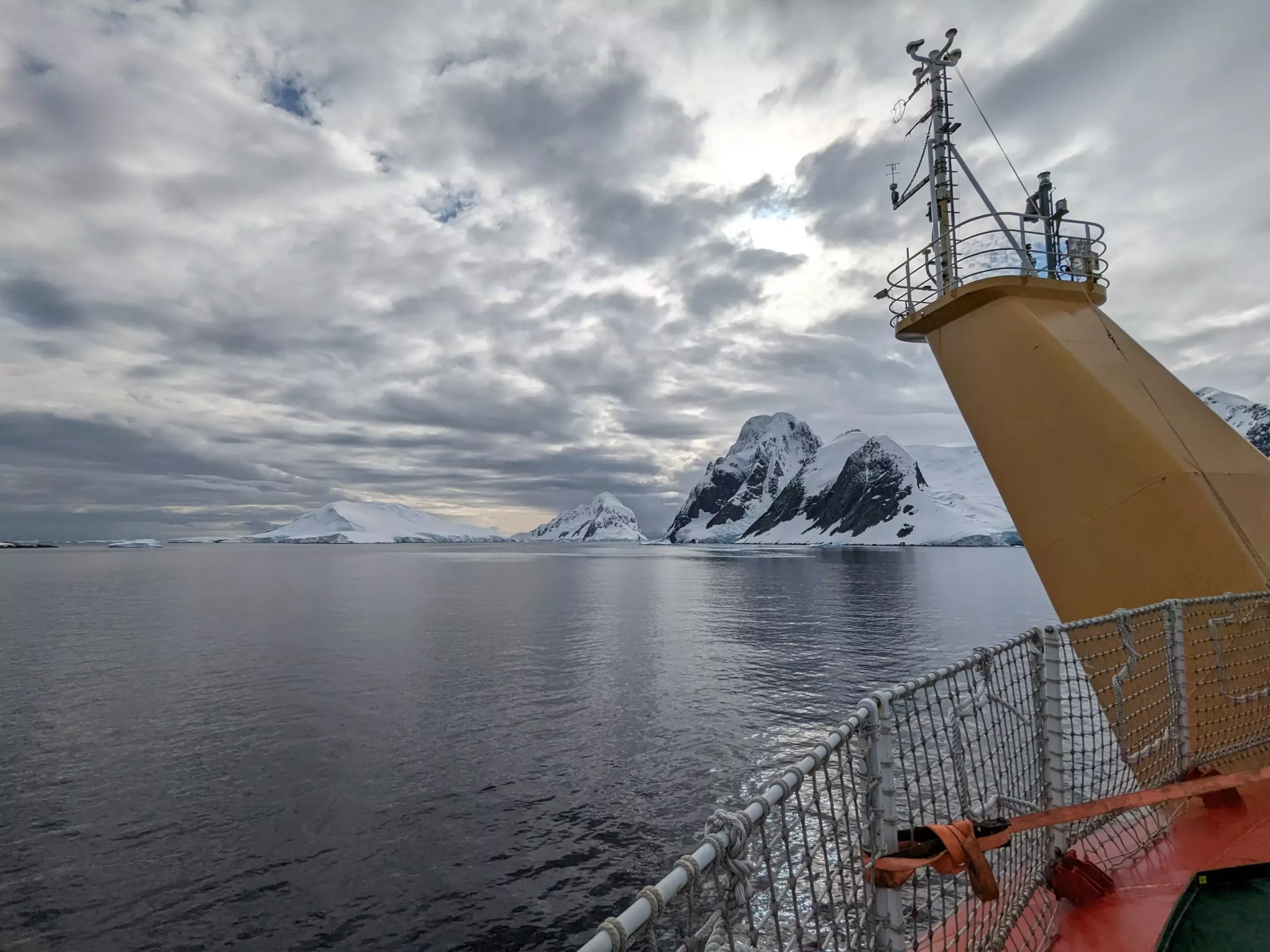The Southern Ocean, encircling Antarctica, has long been known as a crucial player in the Earth’s carbon cycle, absorbing a significant portion of carbon dioxide emissions that result from human activities. However, recent research conducted by the University of East Anglia (UEA) and the Plymouth Marine Laboratory (PML) challenges previous understandings of just how effectively this vast ocean acts as a carbon sink. By leveraging innovative direct measurement methods rather than relying solely on indirect estimates, scientists have discovered that the Southern Ocean absorbs approximately 25% more CO2 than previously believed. This revelation not only underscores the ocean’s importance in climate regulation but also raises questions about the methodologies used in past research.
A Revolutionary Methodology: The Impact of Eddy Covariance
The study in question introduces the eddy covariance technique, a pioneering approach involving the installation of flux systems on the foremasts of research ships. This methodology allowed scientists to measure air-sea CO2 fluxes in real time during research cruises, markedly enhancing the accuracy of their data. The findings, published in the journal *Science Advances*, highlight that the Southern Ocean’s ability to sequester carbon is much stronger during summer months than earlier models suggested. Prior estimates, largely based on shipboard and float data, have obscured the ocean’s actual CO2 uptake capability.
Dr. Yuanxu Dong, the study’s lead author, emphasized the novelty of this approach, stating that it marks the first instance of incorporating a vast number of direct measurements into the assessment of existing flux products in this region. The implications of this research are profound; not only does it provide direct observational evidence of greater CO2 absorption, but it also indicates significant shortcomings in prior estimations, which may have vastly underestimated the Southern Ocean’s capability to absorb carbon.
Unraveling the Complexities of CO2 Flux Variability
One of the key elements of this research lies in its ability to address the uncertainties previously associated with CO2 flux variability. Through a meticulous examination of existing estimates, the research team found inconsistencies that could be rectified. They determined that factors like temperature variations in the upper ocean were not adequately accounted for in earlier models. Such oversights can lead to a skewed understanding of the dynamics at play in the Southern Ocean’s carbon absorption processes.
Dr. Mingxi Yang from PML highlighted the fundamental need for precise measurements in this period of climate uncertainty. The high-frequency data captured during the study—measured hourly as opposed to the much broader ten-day intervals typically employed—allows for a far more nuanced understanding of the processes involved in CO2 uptake. It reveals small, intense events that significantly contribute to the ocean’s overall carbon absorption, which traditional methods have often missed.
Future Directions: Filling the Gaps in Knowledge
Despite the advances heralded by this research, challenges remain. The lack of winter data presents a significant barrier to thoroughly understanding the Southern Ocean’s role in the carbon cycle. Accessing this region during winter is notoriously difficult; however, the study suggests utilizing unattended platforms like buoys and sail drones to gather data during these crucial months.
Continued collaboration and innovation amongst researchers are essential to overcoming these hurdles. As noted by Prof. Tom Bell, the transition of flux systems to more advanced vessels, such as the RRS Sir David Attenborough, is critical for ongoing research. The team aims to conduct continuous monitoring of CO2 fluxes in the Weddell Sea, an area that is particularly dynamic and pivotal in understanding climate dynamics.
Additionally, the researchers have raised concerns about the declining number of shipboard measurements in recent years. Factors such as the COVID-19 pandemic and diminished funding have led to sharp drops in available datasets. For instance, annual datasets in the Surface Ocean CO2 Atlas (SOCAT) dropped by 35% from 2017 to 2021. This decline further exacerbates the urgency with which the scientific community must tackle gaps in data and operational funding.
The Imperative for Action: Why This Research Matters
The implications of this groundbreaking research extend far beyond academic inquiry. Understanding the Southern Ocean’s carbon absorption capability is critical in the battle against climate change. By recalibrating our estimates of its CO2 sink capacity, scientists can more accurately forecast future climate scenarios, which will be instrumental for policymakers and environmental guardians alike.
As our planet faces mounting existential threats from climate change, the findings from UEA and PML serve as a clarion call for enhanced research efforts and investments in oceanic studies. The Southern Ocean, an understated but potent ally in climate regulation, requires sustained attention and action to unlock its full potential in mitigating climate change and preserving our planet for future generations.

